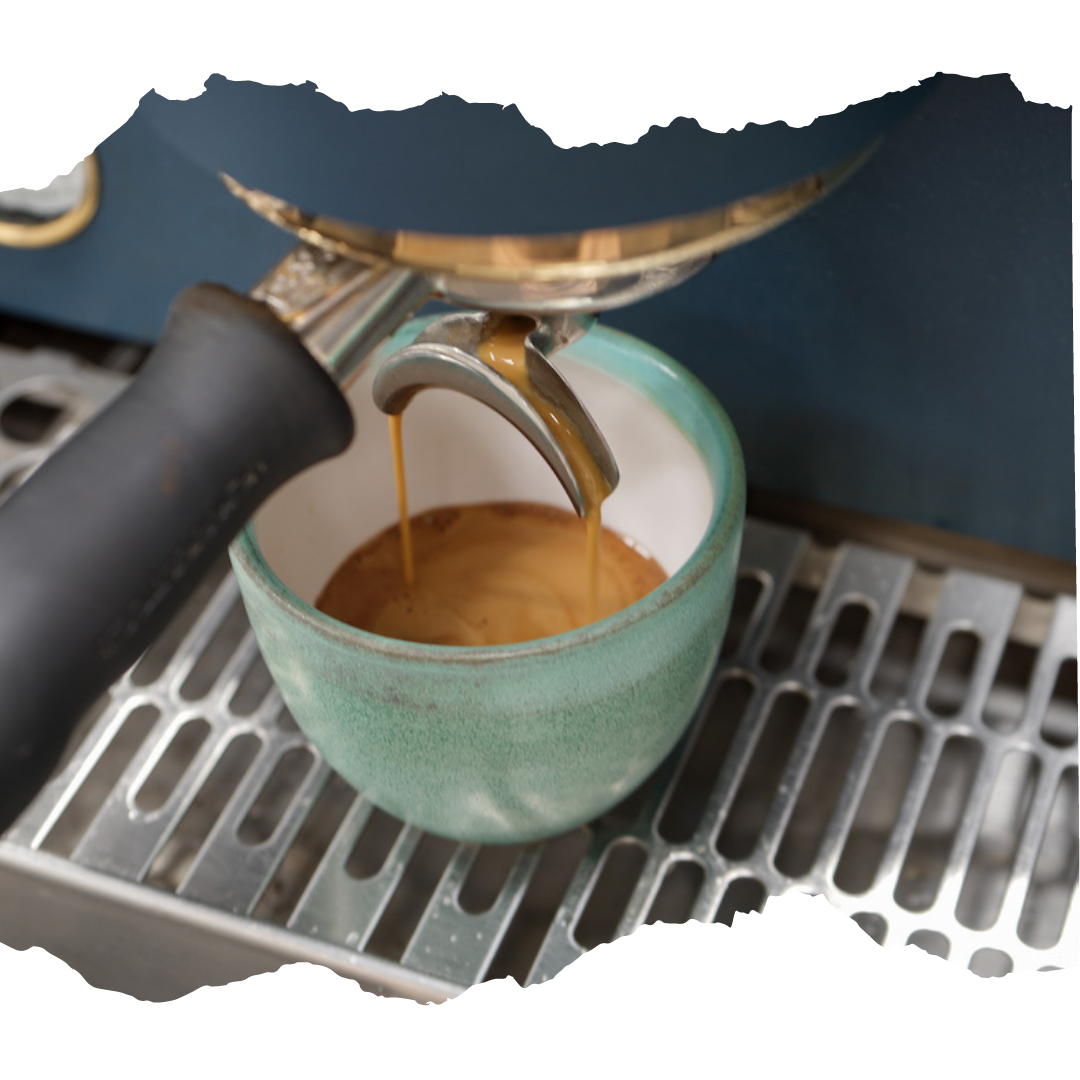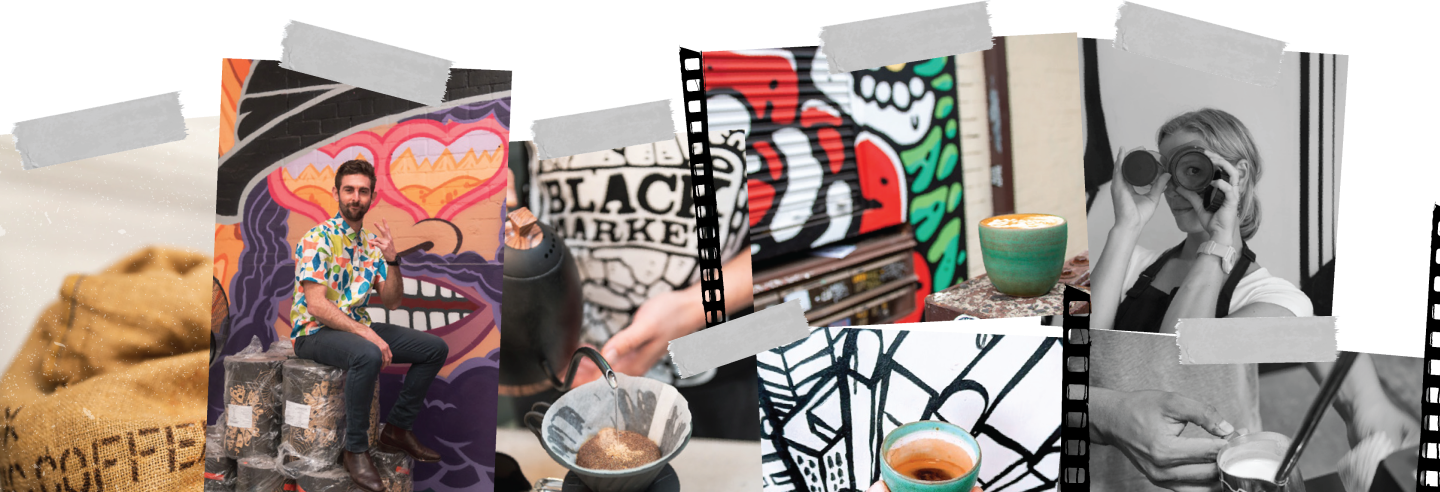
MYTHBUSTERS: JUDGING A COFFEE BY ITS CREMA
Do I start this off my saying that yes this is a myth up front or leave it as a big reveal at the end? I’ll leave it to the end. Build up the suspense first.
Thick, golden crema is the stuff of magic. Wrong! Wait, I’m leaving judgement till later. No, it really is beautiful. It looks fresh, it feels fresh, it’s as rich and golden as the Prince of Bel Air. If a barista slides you an espresso over the counter on your Tuesday morning and you’re met with a creme brulee of a coffee – there’s a seismic psychological shift in your spirits. It’s clinically proven* that a healthy crema makes a happy camper.
Beware the danger that belies the crema. In legend as old as the enchanting sirens of Greek mythology and the merfolk of Mesopotamia, third wave folklore depicts coffee aficionados abandoning sense and reason to the golden foam.
But beyond its voluptuous looks, does its charm have substance? Can you determine the quality of its character and manufacture from its golden gleam? Is it the kind of coffee you could take home and build a life with, or dazzle you with glitz and leave you on the fritz?
Like many myths and legends, there is truth to be found. But sometimes, a merman is just a manatee.
Crema tells you that the espresso was roasted, and it came from an espresso machine. But we only know this for sure because we ordered an espresso and to the best of our knowledge, the barista made us what we ordered without any barista monkey business.
The coffee used for the espresso had carbon dioxide tucked away inside it, built up during roasting, and under the high pressure of an espresso machine (read more about that here), the trapped gas has now been released back into the atmosphere. But instead of bursting to freedom and glory, some of the bubbles became trapped again in the oily liquid, thus creating a tiny net of golden foam. It’s a sad story of prisoners making their grand escape only to have dug into the guards tea room while everyones singing and eating cake for Deb’s 52nd birthday. This jaded and frustrated feeling could contribute to the bitter taste that carbon dioxide emits when it finally meets the air. That or science.
Crema lacks the conversational skills that makes a coffee intriguing and captivating long after the bubbles have burst. That’s the job of smell and taste (and sure, sound too). An over developed coffee roasted in the John Howard administration extracted at ten bars could have terrific crema and notes of ash and exhaust fumes.
Conversely a lack of crema is just as elusive with its personal information – it doesn’t give away anything about its roast date, roast profile or bars of pressure in its extraction. A lightly developed and freshly roasted coffee under four bars of pressure will have next to no crema, but could taste terrific.
Keep your wits against the hypnotic allure of the crema, both in your quest to capture it in your home spros, or using it to judge the quality of a cafe. It is but a shiny distraction to its inner truth.
Notes
*no, it isn’t.
Be The first to know about new digs.

